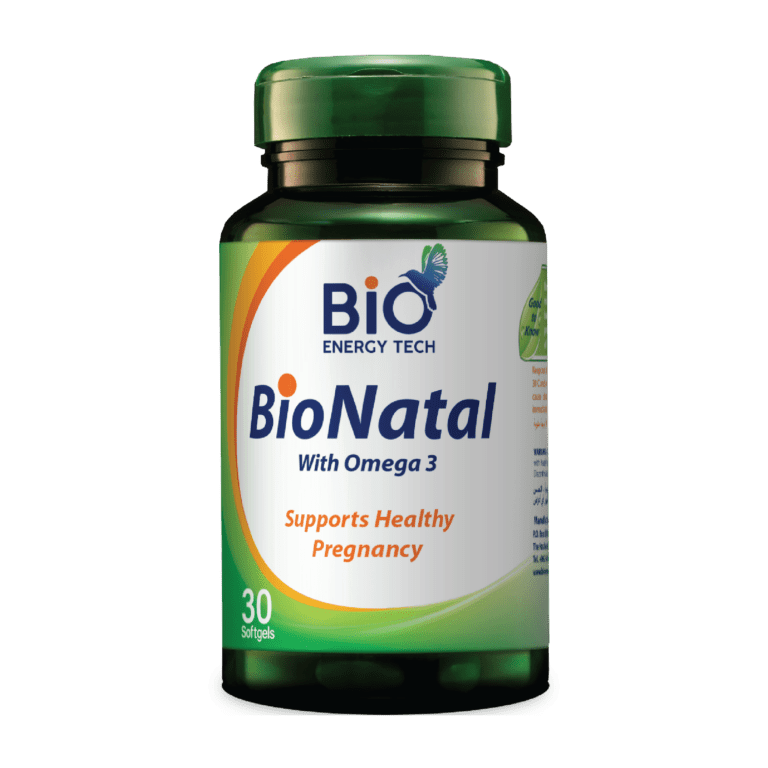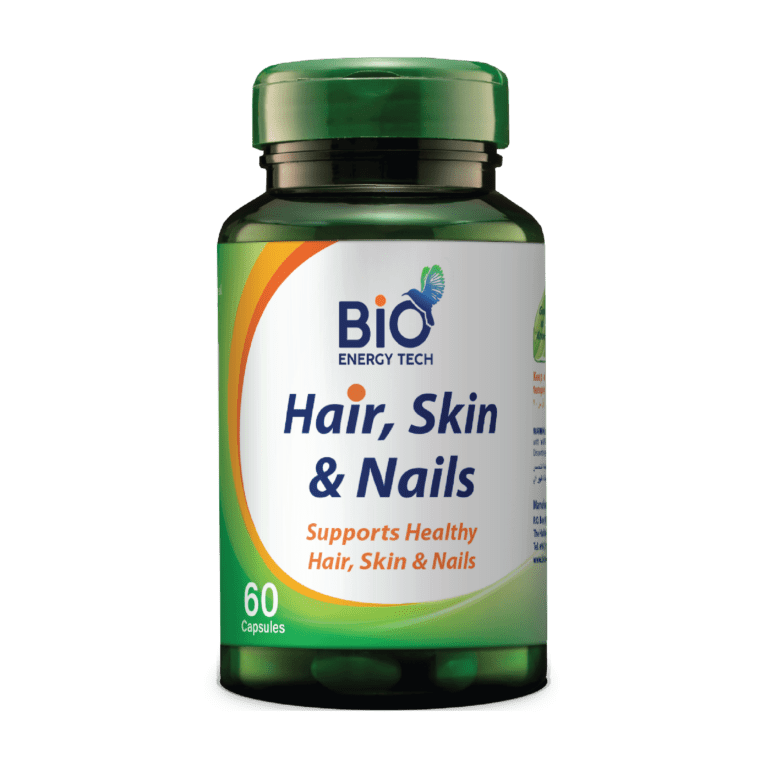Vitamin E is found naturally in many foods in eight chemical forms; alpha, beta, gamma, delta-tocopherol & alpha, beta, gamma, delta-tocotrienol. Each form has different degrees of biological activity, but alpha-tocopherol is the only form that is utilized by the human body to meet its requirements of vitamin E.
The concentration of vitamin E in the serum depends on liver processes. The liver secretes alpha-tocopherol into the serum, while metabolizing and excreting the other forms. Thus, the concentration of alpha-tocopherol is higher than the rest of the forms in the serum. This is what prompted researchers to focus on its effects for human health.
Vitamin E (alpha-tocopherol) Antioxidant Properties
Alpha-tocopherol has antioxidant properties that protect cells from the harmful effects of free radicals. Free radicals are molecules containing a high-energy free electron that lead to the development of chronic diseases; such as cardiovascular diseases and cancers, due to their rapid reaction with oxygen and the formation of reactive oxygen compounds (ROS).
ROS are formed internally when the body converts food into energy. However, the body can also be exposed to free radicals from external factors such as smoking, air pollution and UV rays.
Scientists are investigating the possibility that vitamin E (alpha-tocopherol), in conjunction with other factors, can prevent or delay chronic diseases associated with free radical exposure. Since it’s a fat-soluble antioxidant that inhibits ROS formation when fats are oxidized.
Required Doses of Vitamin E
The National Academy of Medicine in the United States has developed a guide indicating the Dietary Reference Intake (DRI) for nutrients including vitamin E. The DRI consists of a set of reference values that vary by age and gender, and are used to assess and plan the dietary intake of healthy people, including:
- Recommended Dietary Allowance (RDA)
The average daily intake level is sufficient to meet the needs of nearly all healthy individuals (97-98%) and is often used to provide an adequate diet for individuals.
- Estimated Average Requirement (EAR)
The average daily intake level is estimated to meet the requirements of 50% of healthy individuals and is often used to assess the nutritional intake of a group of people and to establish an adequate diet for them.
- Adequate Intake (AI)
Intake at this level is considered to be able to achieve an adequate dietary intake and is used when the RDA can’t be decided.
- Maximum Acceptable Level (uL)
The maximum amount of a daily intake that does not cause adverse health effects.
The daily intake requirement of alpha-tocopherol has been established based on serum levels that provide adequate protection from free radicals.
Each 1 mg of Vitamin E is equivalent to 1mg of its natural form (called d-alpha-tocopherol) and 2mg of its synthetic form (called dl-alpha-tocopherol).
| Age Group | Males | Females | Pregnancy | Lactation |
| 0 – 6 months | 4 mg | 4 mg | – | – |
| 7 – 12 months | 5 mg | 5 mg | – | – |
| 1 – 3 years | 6 mg | 6 mg | – | – |
| 4 – 8 years | 7 mg | 7 mg | – | – |
| 9 – 13 years | 11 mg | 11 mg | – | – |
| 14+ years | 15 mg | 15 mg | 15 mg | 19 mg |
Sources of Vitamin E
Vitamin E is naturally found in wheat germ oil, sunflower seeds, almonds, sunflower oil, hazelnuts, peanuts, peanut butter, corn oil, spinach, broccoli, kiwi, tomatoes, etc…
Synthetic vitamin E supplements are also available. These can contain a mixture of all eight of Vitamin E’s forms. Therefore, the amount supplied from artificial supplements is half the effectiveness of the same amount from the natural sources.
Vitamin E Deficiencies
Vitamin E deficiency is considered rare. Symptoms of deficiency have not been detected in people who maintain the required intake of this vitamin in their diet. However, there are some cases that may cause deficiency of this vitamin.
- Premature pregnancy:
Some studies have indicated that pregnant women with vitamin E deficiency are more likely to give birth prematurely. Vitamin E supplements can reduce the likelihood of complications of this such as conditions affecting the retina, but in turn increase the risk of infections.
- Fat malabsorption diseases:
The digestive tract needs fat in order to absorb vitamin E. Therefore, a deficiency in this vitamin can occur in people with one of these diseases. Symptoms of deficiency are peripheral neuropathy, ataxia, skeletal myopathy, retinopathy, and immune response dysfunction.
- Certain digestive diseases:
People with, for example, Crohn’s disease, cystic fibrosis or impaired liver bile secretion into the digestive tract have chronic diarrhea and therefore need water-soluble forms of vitamin E.
People with beta-lipoproteinemia (a rare hereditary disease) need very high doses of vitamin E supplements since this disease causes malabsorption of fats in the diet. In addition to this disease, vitamin E deficiency causes neural impulses, muscular weakness, and retinal damage that leads to blindness.
- Ataxia & vitamin E deficiency:
A rare hereditary disease in which the liver loses its ability to secret alpha-tocopherol, resulting in neurological damage and paralysis if the patient does not take very high doses of vitamin supplements to compensate.
- Vitamin E & health:
Several studies have highlighted the role of vitamin E in supporting health, preventing and treating disease. This effect is due to vitamin E’s antioxidant properties and its roles in anti-inflammatory processes, preventing platelet clotting and improving immunity.
- Coronary Artery Diseases:
In-vitro studies have shown that vitamin E inhibits the oxidation of low-density lipoproteins (LDL), which are a causative factor for atherosclerosis. Vitamin E also prevents the formation of blood clots leading to heart attacks.
Additionally, several observational studies have linked a higher dietary intake of vitamin E to lower rates of heart disease. Following that, several clinical studies refuted these results and showed that vitamin E supplements are not able to prevent or delay heart disease. These studies were conducted mostly on middle-aged or older individuals with risk factors for heart disease.
Therefore, some researchers have suggested that studies should be conducted over a longer period of time in younger people and giving them higher doses, in order to know the possible uses of vitamin E in preventing coronary artery disease.
- Cancer
Researchers have tried to explore the mechanisms of action of vitamin E that enable it to reduce the development of cancer. Several hypotheses were suggested. The first is vitamin E’s antioxidant properties that protect cell components from the damaging effects of free radicals. Secondly, it inhibits the formation of carcinogenic nitrosamines in the stomach and improves immune function.
Clinical studies were conducted to prove this efficacy, but the results showed the opposite and indicated that vitamin E is not useful in most cancer cases.
However, one study conducted on a sample of men who were smokers or ex-smokers, linked a high intake of vitamin E to a decrease in the risk of advanced prostate cancer by 71%.
Many other experiments have taken place, but evidence of vitamin E’s relationship with preventing cancer is still insufficient.
- Ocular diseases
Age-related macular degeneration (AMD) is one of the most common causes of vision loss in adults. Its pathogenesis is still unknown but oxidative stress is believed to play a role in its development.
If this is true, then nutrients with antioxidant properties (such as vitamin E) can be used to prevent or treat this disease.
One randomized clinical study found a 25% reduced risk of developing AMD among participants at risk by taking daily supplements of vitamin E, vitamin C, beta-carotene, zinc and copper. Overall, the evidence is insufficient to prove whether vitamin E has an effect on regressing AMD, whether taken alone or in combination.
However, these findings open up an opportunity to explore such options and suggest that there may be a way to delay the progression of AMD.
- Cognitive decline
The brain has a high rate of oxygen consumption and a large amount of polyunsaturated fatty acids within the membranes of its neurons. It is hypothesized that taking an adequate amount of antioxidant supplements (such as vitamin E) would provide some protection against the damaging effect of free radicals that may accumulate in nerve cells that lead to the formation of neurodegenerative diseases and cognitive decline (such as Alzheimer’s disease).
A clinical study was conducted on 341 patients with moderate-severity Alzheimer’s disease over a two-year period who were randomly assigned either vitamin E or a placebo. Treatment with vitamin E has resulted in significant delays in functional impairment and the need for hospitalization or nursing home admission.
Subsequent studies were unable to reach these same results, but rather indicated that there was no association between vitamin E and the prevention of functional cognitive decline. More studies are still needed to explore the efficacy of vitamin E.
To conclude, it is best to naturally get vitamin E from diets that include vegetables, fruits, whole grains, lean protein, nuts, and soy products, and limit intake of saturated fat, sugar, and sodium.
It is also necessary to consult a doctor before starting to take vitamin E supplements because of their interactions with other medications; such as anticoagulants, statins, chemotherapy, radiotherapy and heart disease medications.







